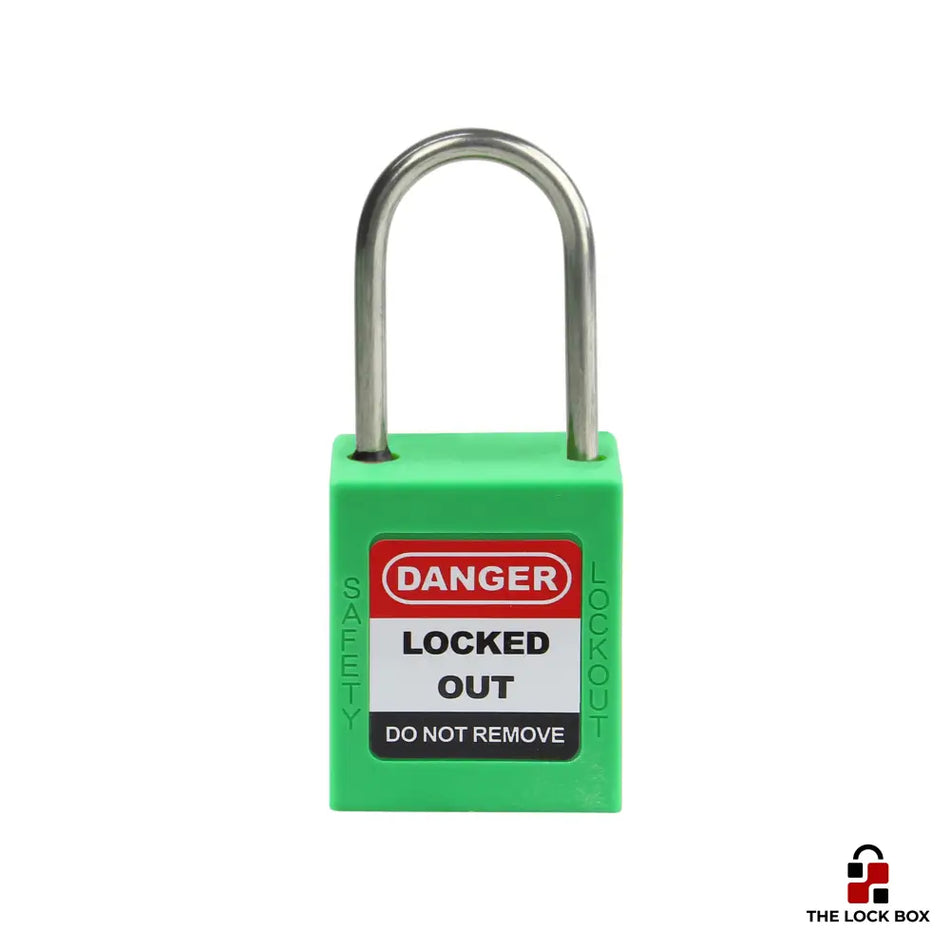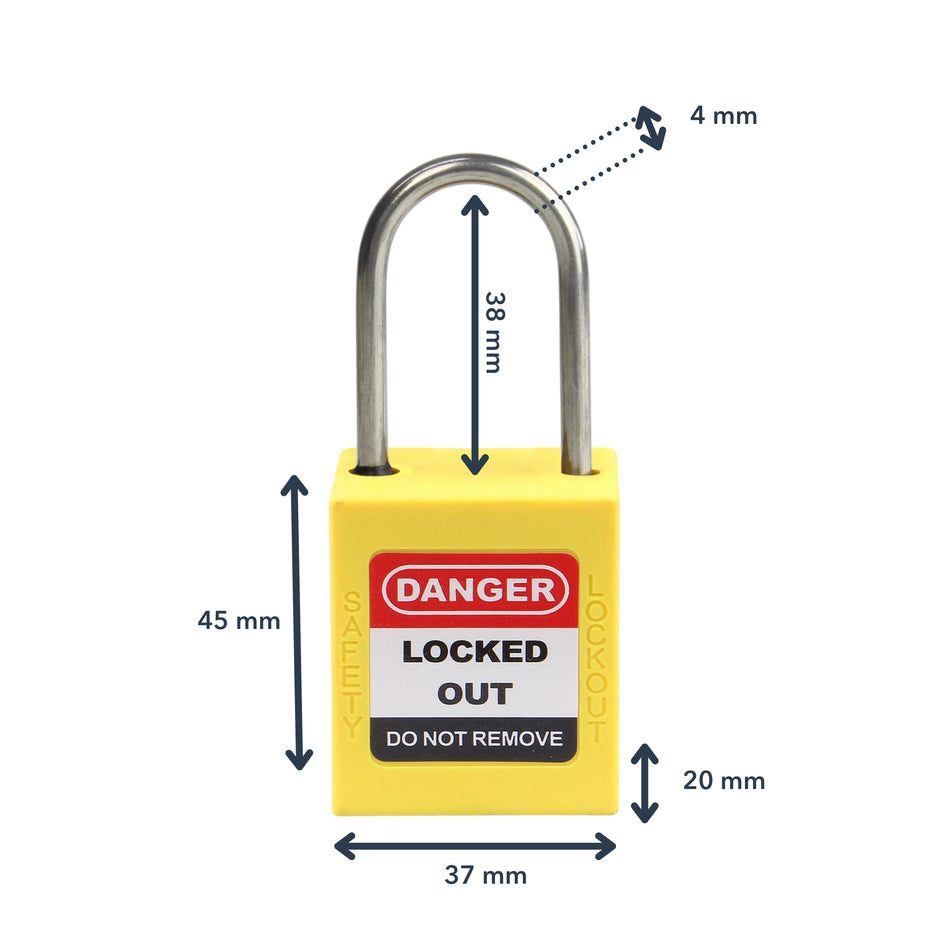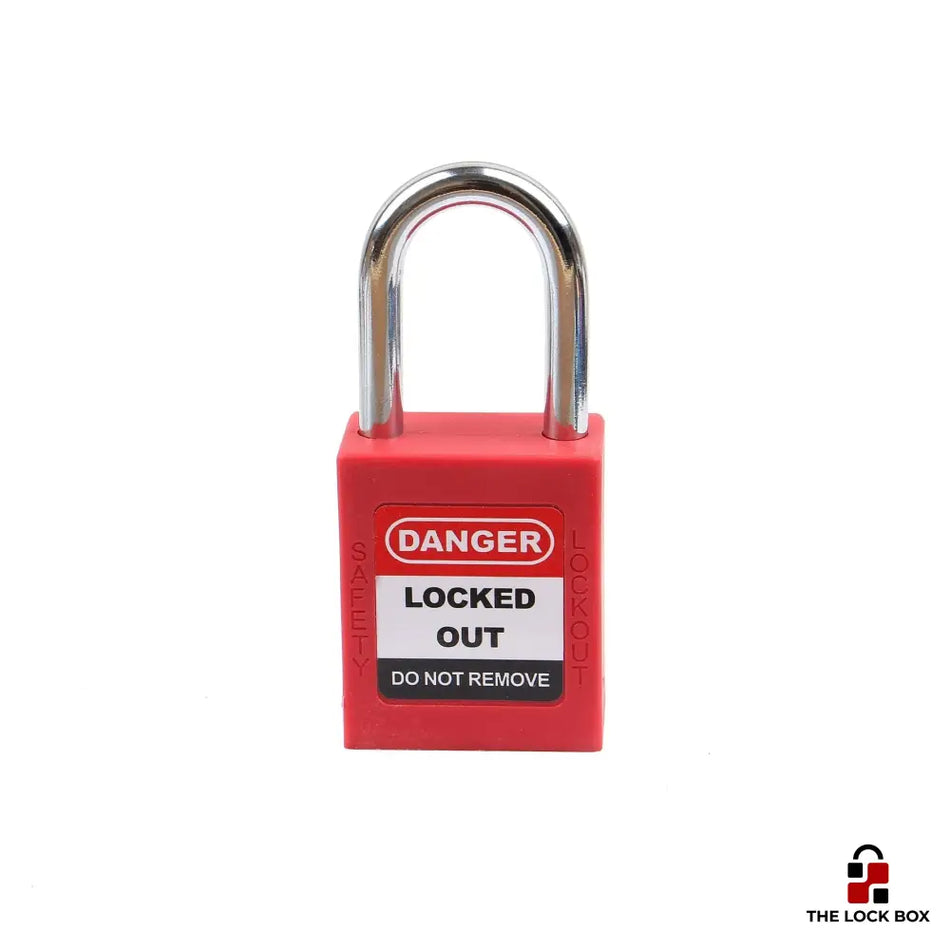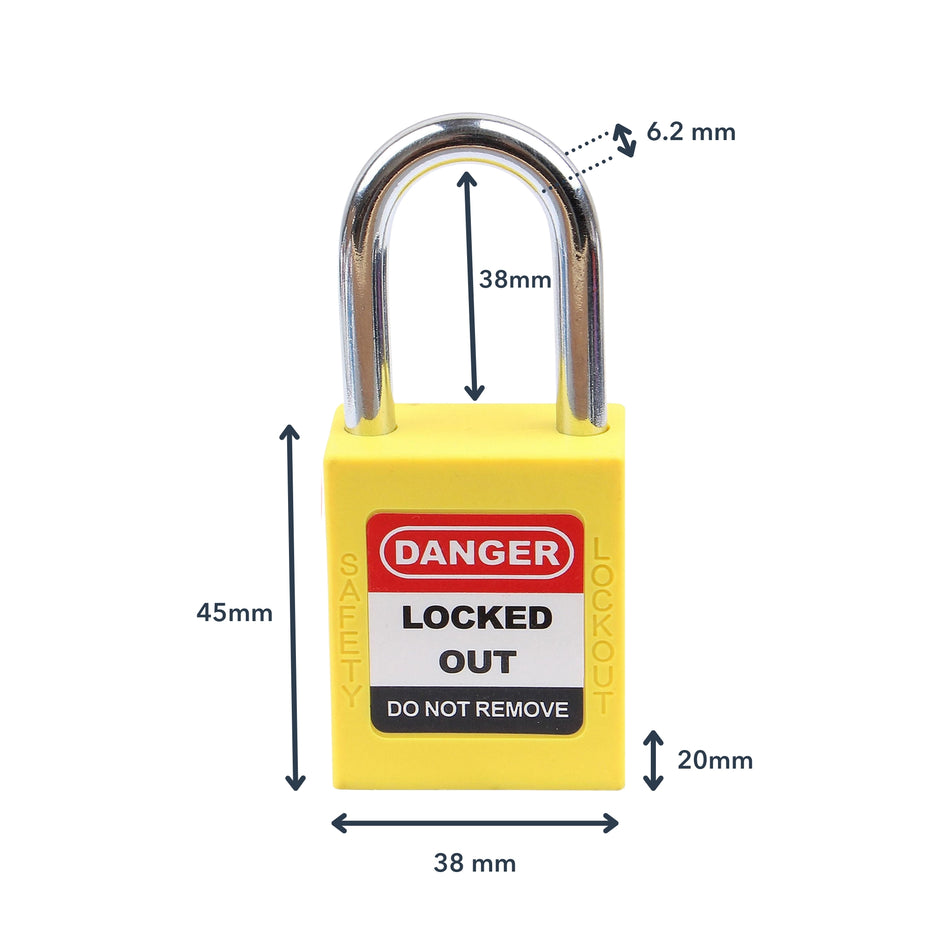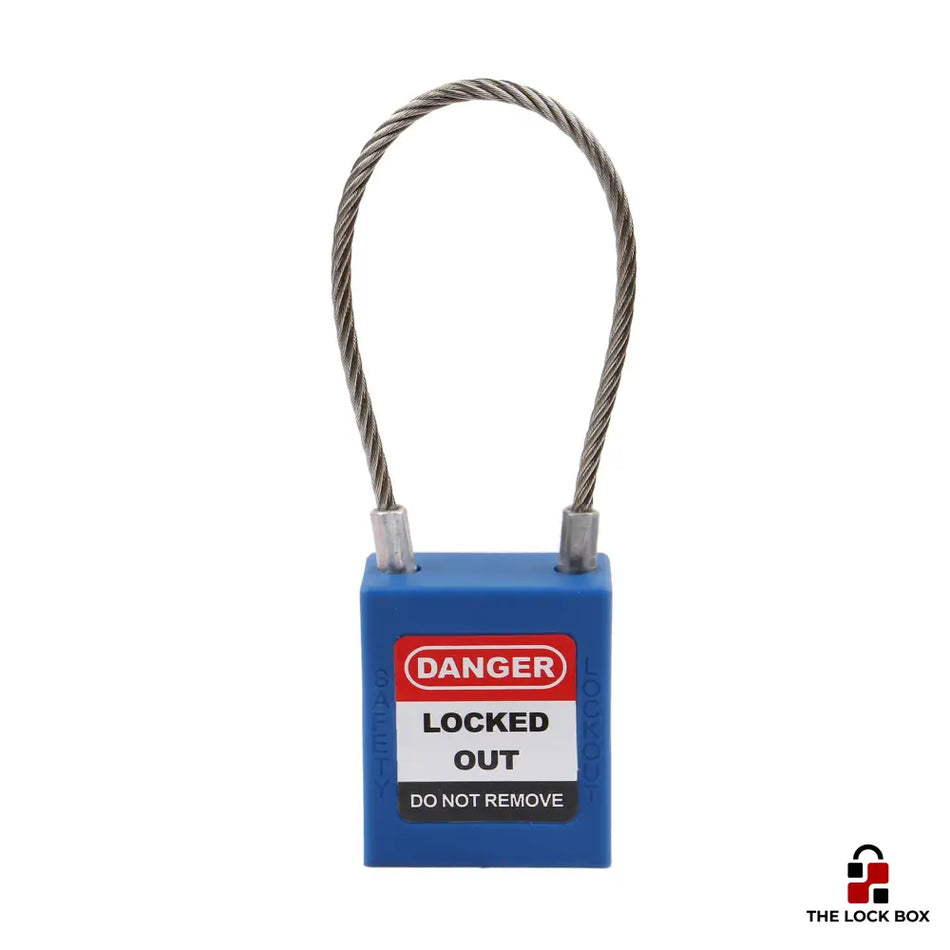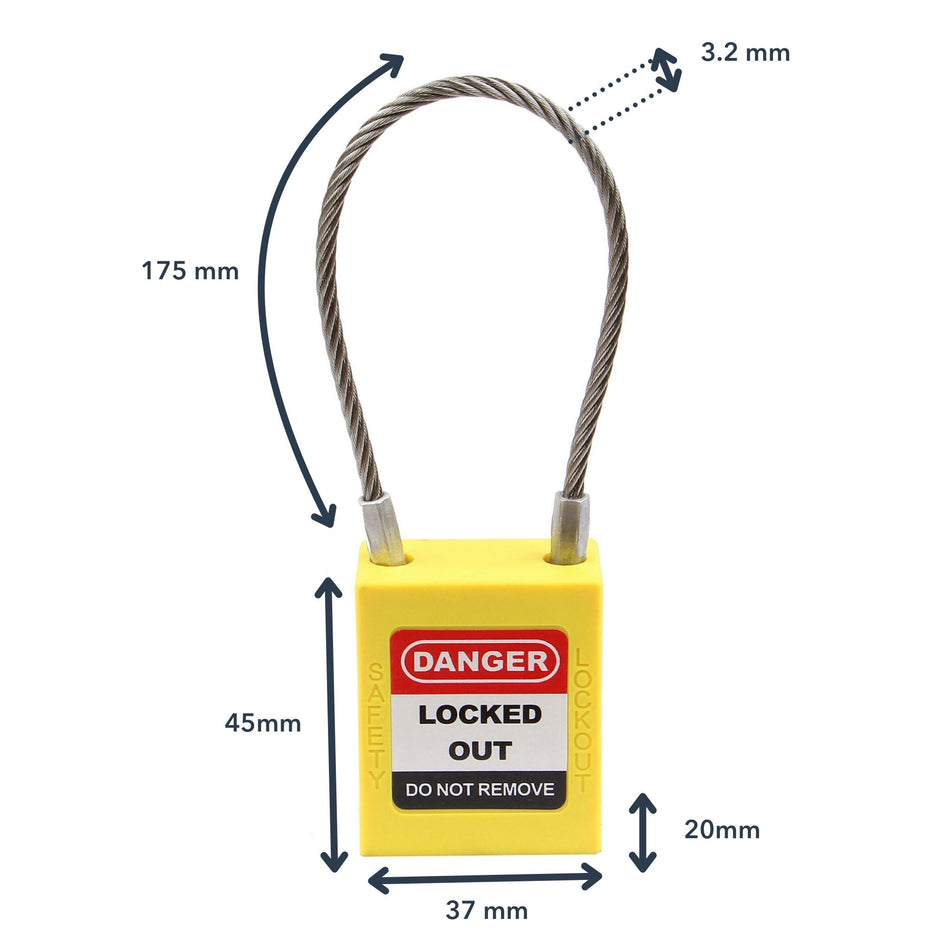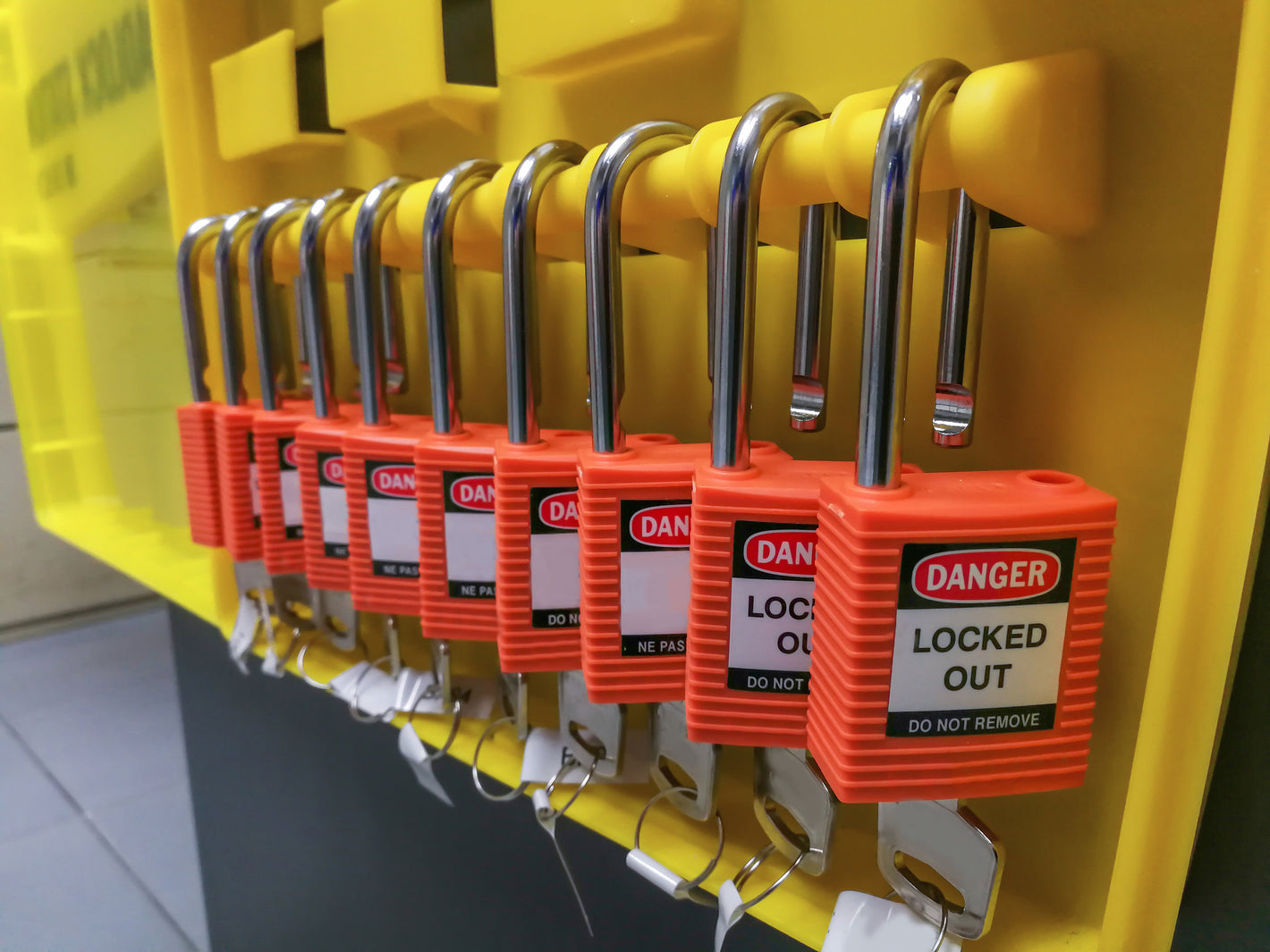Table of Contents
- Introduction to Lockout Tagout (LOTO)
- Role of Personal Lockout Tagout Padlocks
- Rules for Lockout Locks
- Color Requirements for Personal Locks
- Information Required on Personal Locks
- Applying Personal Lockout Tagout Locks
- Best Types of Padlocks for Personal Lockout
- Additional Accessories for Personal Locks
- Conclusion
Introduction to Lockout Tagout (LOTO)
Lockout Tagout (LOTO) is a crucial safety procedure used in various industries to ensure that dangerous machinery and equipment are properly shut off and not started up again before the completion of maintenance or repair work. This procedure involves isolating energy sources and securing them with lockout devices and tags to prevent accidental re-energization. LOTO is essential for protecting workers from hazardous energy releases that could cause injuries or fatalities.
Role of Personal Lockout Tagout Padlocks
Personal lockout tagout padlocks play a vital role in LOTO procedures. These padlocks are assigned to individual workers and used to lock out energy-isolating devices. Each worker places their lock on the lockout device to ensure that the machinery cannot be re-energized until all locks have been removed. This ensures that no one can inadvertently start the equipment while maintenance is still in progress.
Rules for Lockout Locks
The rules for lockout locks are designed to ensure that the LOTO procedures are effective and compliant with safety regulations. Here are the key rules:
- Unique Keying: Each lock must have a unique key to prevent unauthorized removal. Master keys should be strictly controlled and only available to authorized personnel.
- Durability: Locks must be durable and capable of withstanding the environmental conditions in which they are used.
- Identification: Locks should be clearly labeled with the worker's name, photo, or other identifying information to indicate who applied the lock.
- Standardization: The organization should standardize the types and colors of locks used to avoid confusion.
Color Requirements for Personal Locks
Personal lockout locks should be color-coded to enhance visibility and identification. While there is no universal color requirement, it is common practice to use bright, easily distinguishable colors such as red, yellow, or blue. The color coding can also be used to differentiate between different departments or types of work being performed. This helps in quickly identifying the locks and the associated personnel responsible for them.
Information Required on Personal Locks
Each personal lock should have specific information to ensure proper identification and accountability:
- Worker's Name: The name of the individual who applied the lock.
- Contact Information: A way to reach the individual, such as a phone number or email.
- Date: The date the lock was applied.
- Reason for Lockout: Brief information on why the lock was applied, such as maintenance or repair work.
Applying Personal Lockout Tagout Locks
Applying personal lockout tagout locks involves several critical steps:
- Preparation: Identify all energy sources and potential hazards associated with the equipment.
- Notification: Inform all affected employees about the lockout procedure and the reason for the lockout.
- Shutdown: Turn off the equipment following the standard operating procedure.
- Isolation: Disconnect the equipment from all energy sources.
- Application of Lock: Attach the lock to the energy-isolating device and ensure it is secure.
- Tagging: Attach a tag to the lock with the required information.
- Verification: Ensure that the equipment cannot be re-energized by attempting to start it.
- Completion: Only after all work is completed and each worker has removed their lock, can the equipment be re-energized.
Best Types of Padlocks for Personal Lockout
The best types of padlocks for personal lockout are those that offer durability, customization, and compliance with safety standards. The Lock Box offers a variety of padlocks suitable for personal lockout:
- Durable Materials: Made from robust materials to withstand harsh conditions.
- Customizable Options: Available in different colors and with engraving options for names and other details.
- Multiple Keying Options: Available as keyed-different or keyed-alike based on the need.
- Visibility: Bright colors for easy identification.
For a selection of padlocks suitable for personal lockout, visit The Lock Box's Padlocks Collection.
Additional Accessories for Personal Locks
In addition to the padlock, it is essential to use the following accessories:
- Lockout Tagout Tags: Tags that provide detailed information about the lockout, including the name of the person who applied it, the reason for the lockout, and contact information.
- Hasps: If multiple workers need to lock out the same energy source, hasps allow multiple padlocks to be used on a single lockout point.
- Lockout Stations: Organizers that keep lockout devices and tags in one place for easy access and management.
Conclusion
Personal lockout tagout padlocks are integral to maintaining a safe work environment during maintenance and repair activities. By adhering to the rules for lockout locks, ensuring proper identification, and using the right types of padlocks and accessories, companies can significantly enhance their safety procedures. The Lock Box offers a comprehensive range of customizable padlocks, colors, and engraving options to meet all your safety needs. Investing in high-quality lockout devices and implementing rigorous LOTO procedures demonstrates a commitment to safety and compliance, protecting both workers and equipment from hazardous energy.
For more information and to explore our range of lockout tagout products, visit The Lock Box today.

